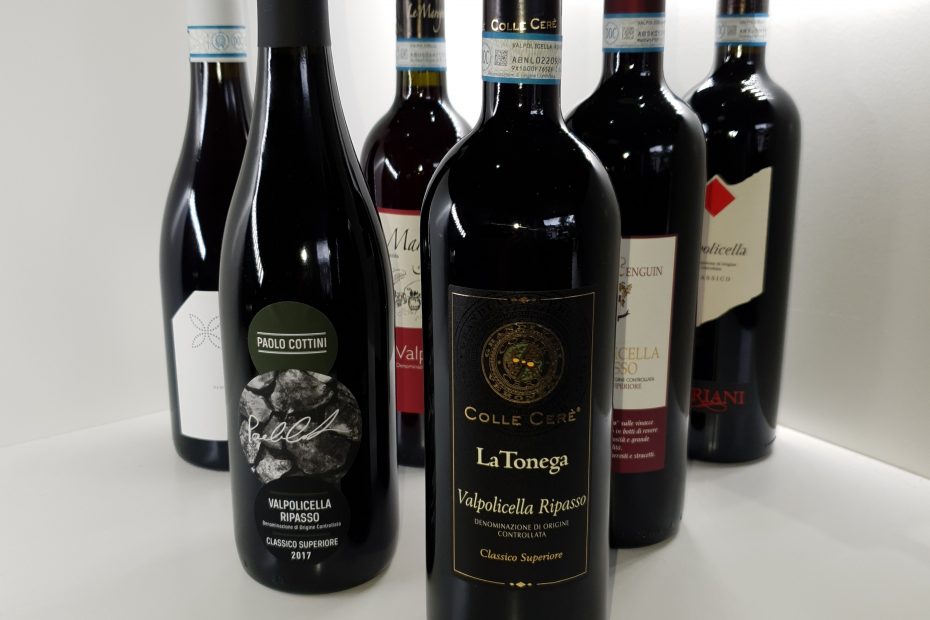Valpolicella Ripasso is a type of Italian wine that is made through a unique process called “Ripasso” which involves adding (re passing) pomace (the grape skins, seeds, and stems left over from making Amarone) to a batch of Valpolicella wine. This process is also known as “double fermentation,” as the wine undergoes a secondary fermentation after the addition of the pomace.
To make Valpolicella Ripasso, the wine is first fermented as normal, using fresh grapes. After the initial fermentation, the wine is transferred to a steel tank and the pomace from the Amarone grapes is added. This triggers a second fermentation, which can last anywhere from 10 to 15 days. During this time, the wine absorbs the flavours and aromas of the Amarone pomace, resulting in a more complex and intense wine. This wine is often referred to as a ‘Baby Amarone’.
Once the second fermentation is complete, the wine is aged for at least six months, although some varieties may be aged for several years to allow the flavours to fully develop. The resulting wine is medium to full bodied, typically ruby-red in colour, with notes of cherry, plum, and spice, and a smooth, velvety texture. It pairs well with a variety of foods, including red meat, game, and aged cheeses.
Valpolicella Ripasso is increasingly popular in the UK and we have 11 different bottles of this fabulous wine available, from 7 different wineries. Try them here: Search Results for “Ripasso” – Viniveneti

